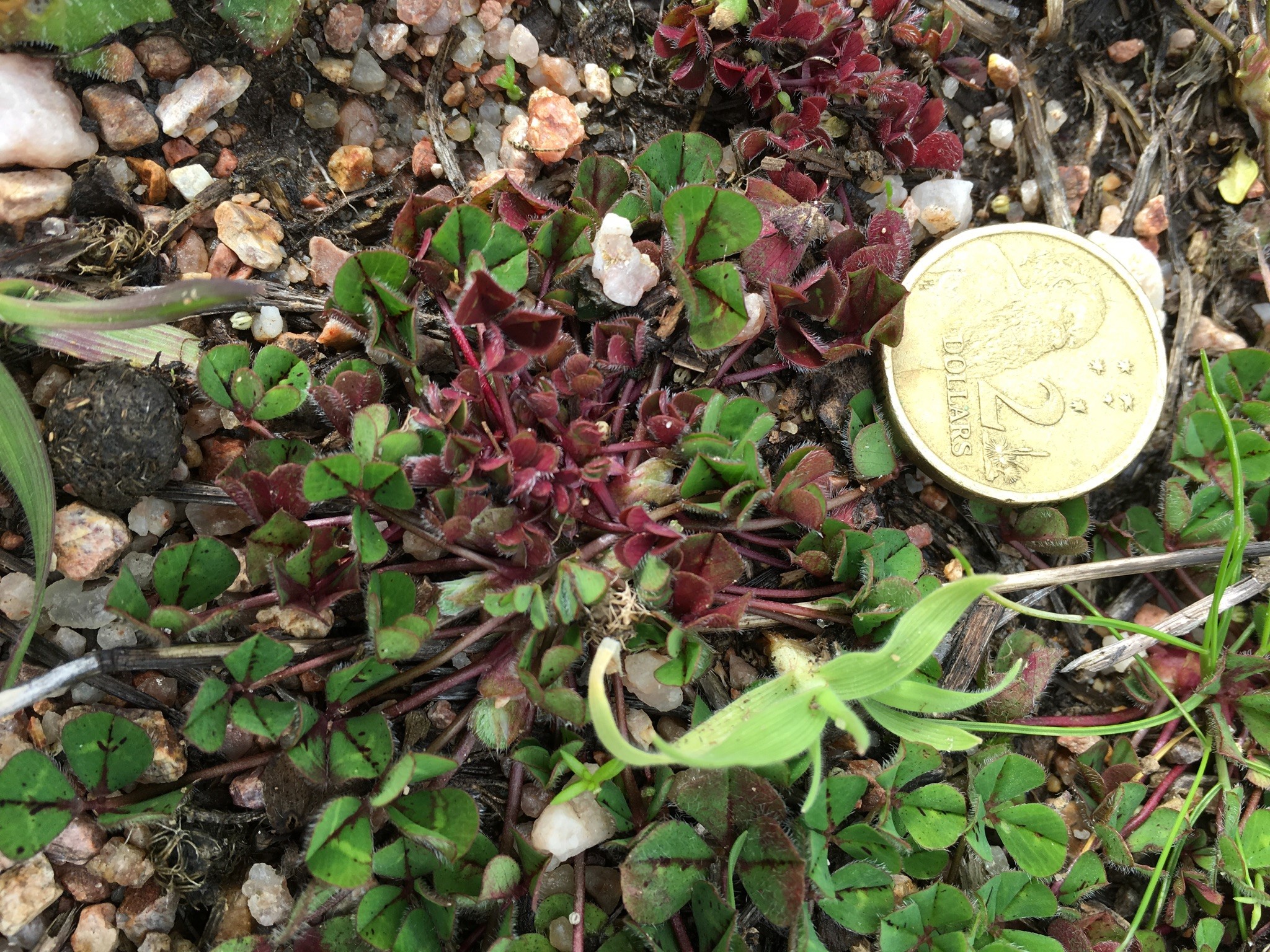Stock Journal Feature, August 2022
Author: Tim Prance, T Prance Rural Consulting Victor Harbor and Dr James Maino, Cesar Australia
Aphids. As with RLEM, aphids especially the blue green aphid, are developing resistance to insecticides. Natural predators such as ladybird beetles, parasitoid wasps, hoverflies, spiders and lacewings can be highly effective at controlling aphid populations.
The blue green aphid (Acyrthosiphon kondoi) is a major pest of lucerne and can also attack lupins, medics and clovers.
Cowpea aphids (Aphis craccivora) and pea aphids (Acyrthosiphon pisum) transmit important crop and pasture viruses including the soybean dwarf virus which can cause stunting and red leaves in sub clover pastures in winter.
The same principles used for RLEM for non-chemical control apply to aphids.
- Control summer and autumn weeds in and around crops and pastures, particularly legumes and especially in years with late summer and early autumn rains.
- Monitor aphid numbers carefully and only spray when economic thresholds are exceeded. These are available at www.cesaraustralia.com or www.pir.sa.gov.au
- A border spray in autumn/early winter, when aphids begin to move into crops, may provide sufficient control without the need to spray the entire paddock
For detailed life cycle information on these RLEM and aphids go to Cesar Australia https://cesaraustralia.com/pestnotes/mites/redlegged-earth-mite/ or SARDI https://pir.sa.gov.au/research/services/reports_and_newsletters/pestfacts_newsletter/pestnotes_pest_information_sheets

Figure: Sub clover red leaf syndrome





